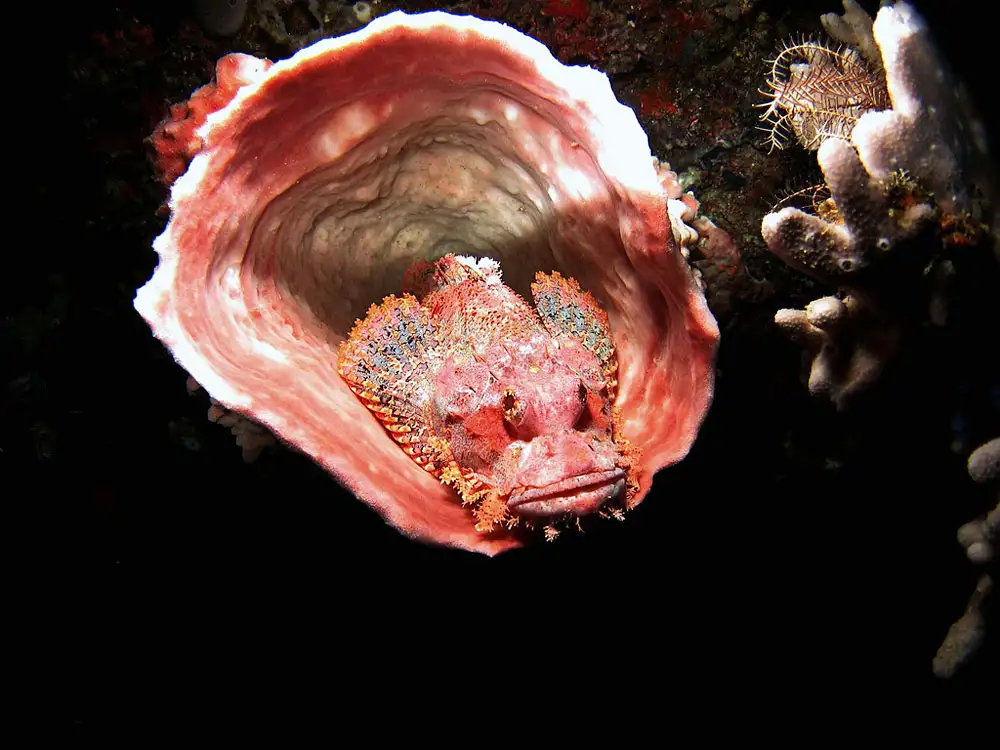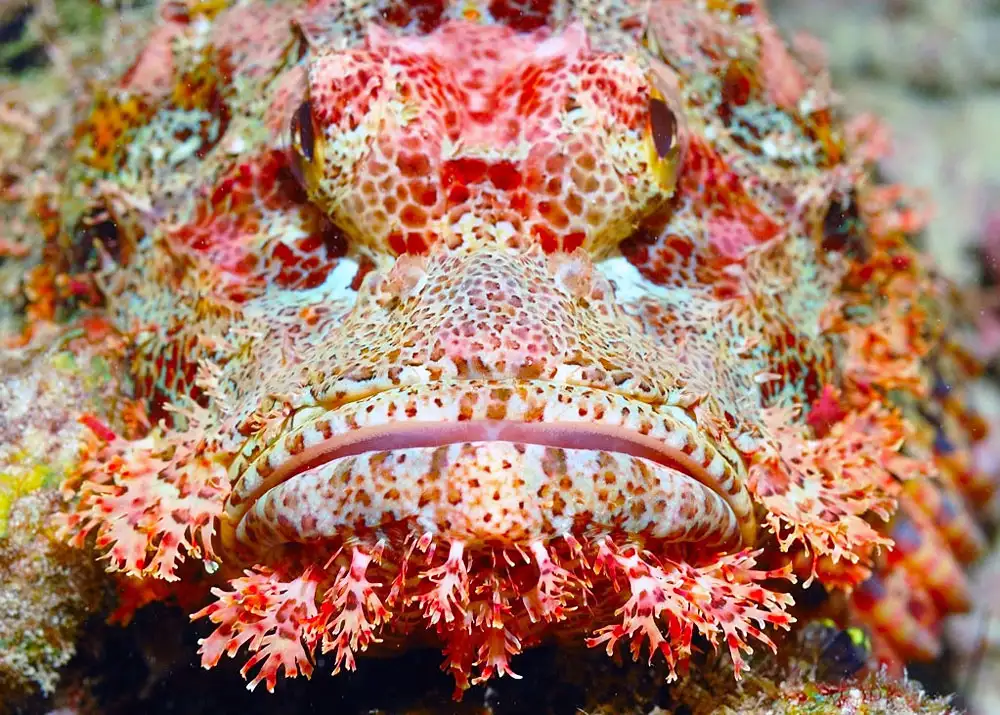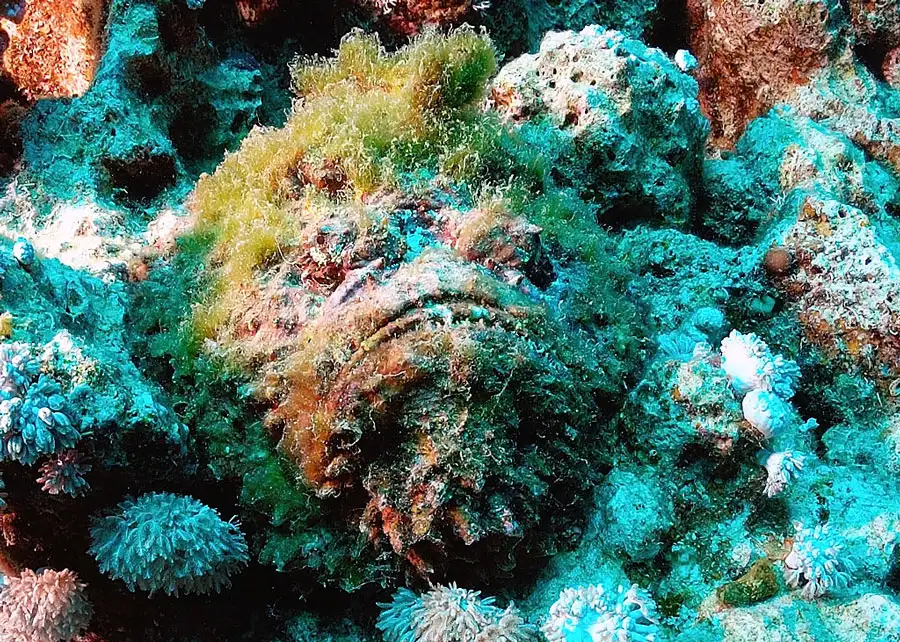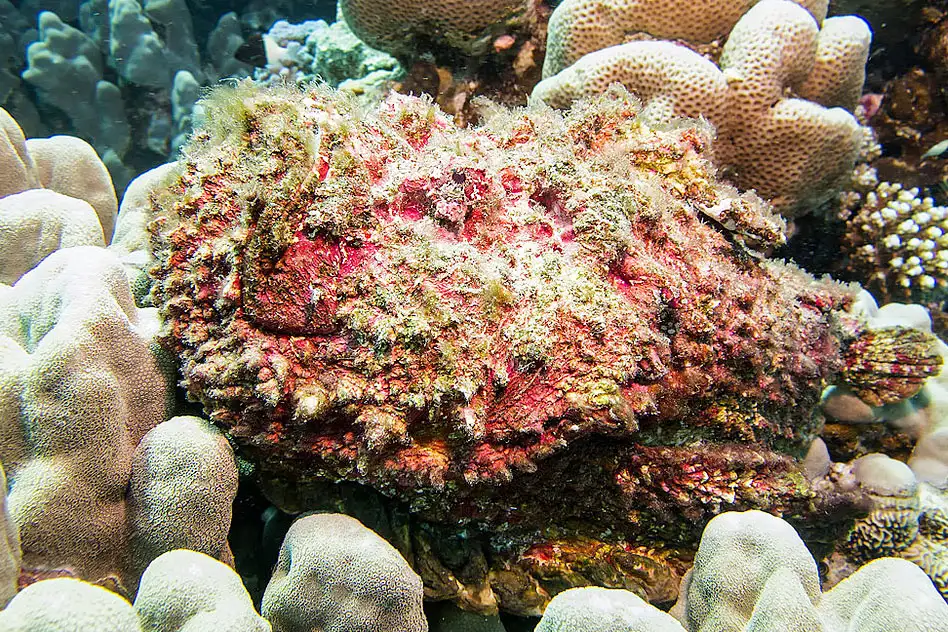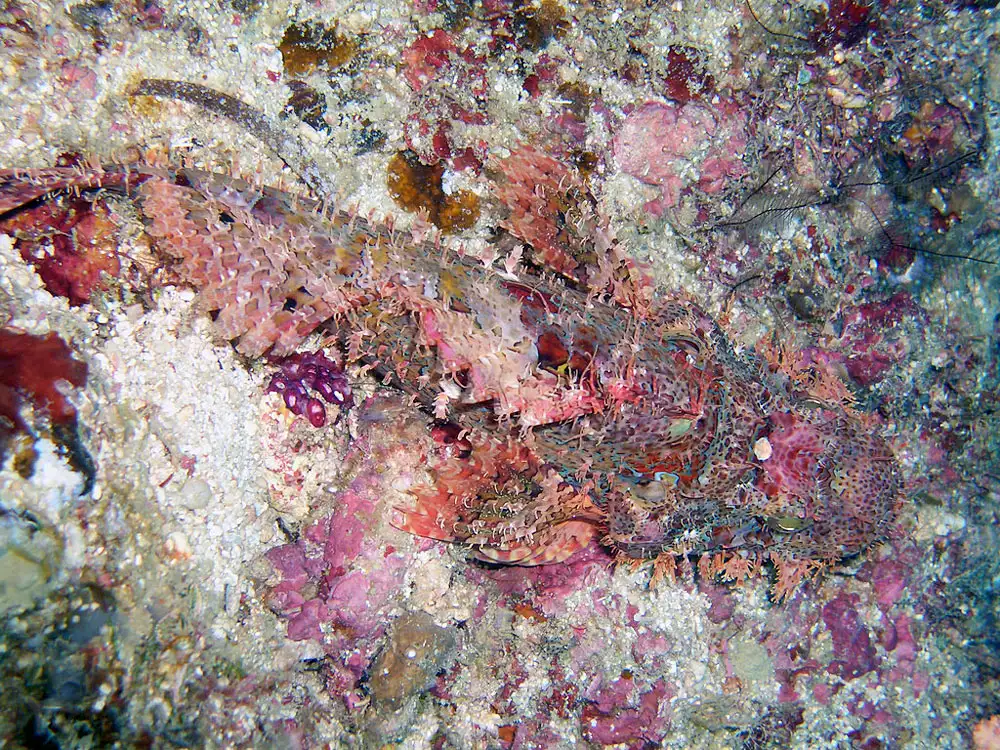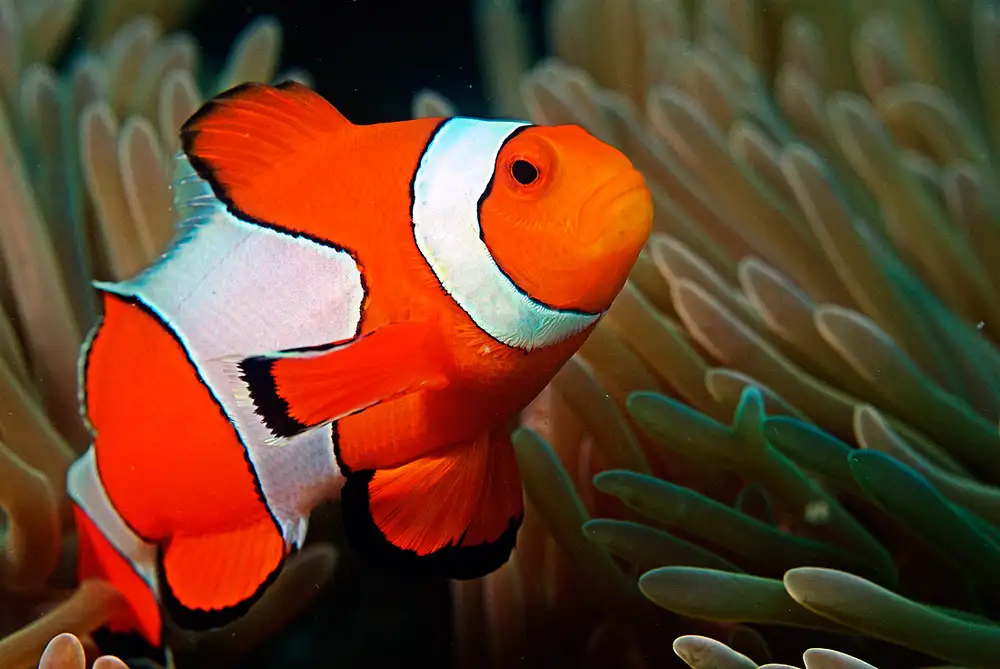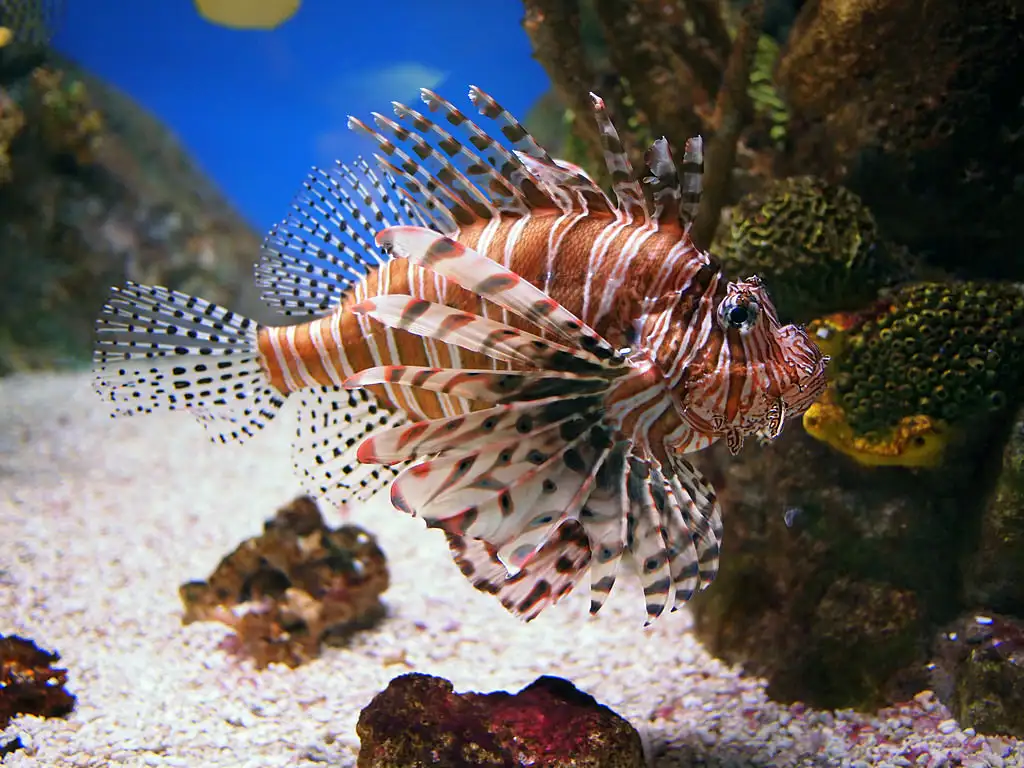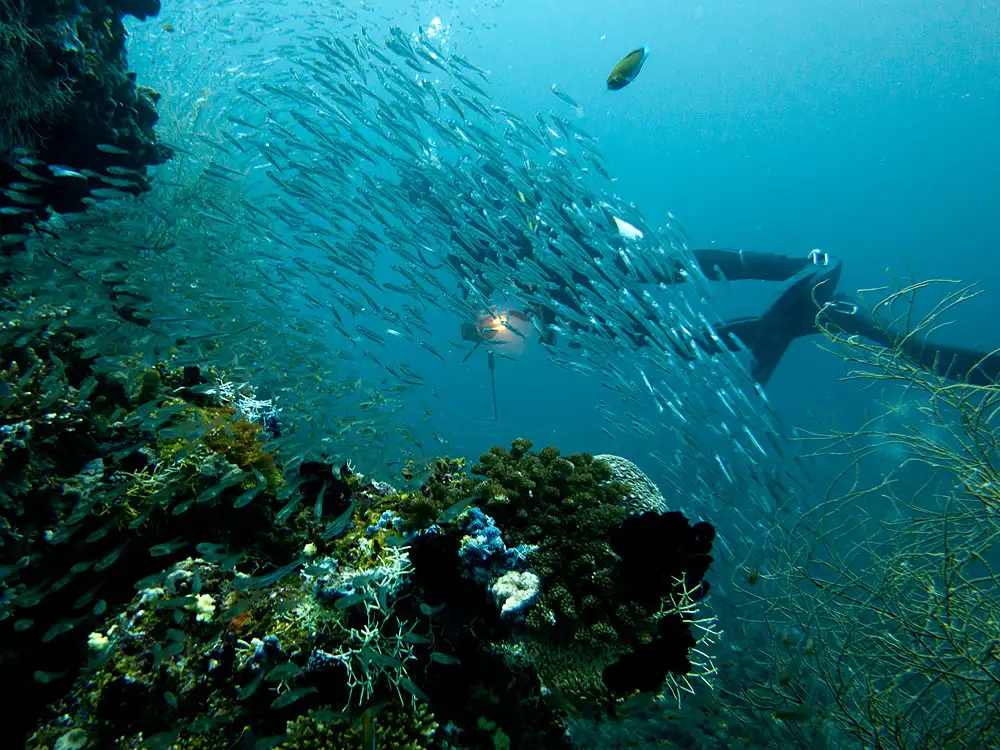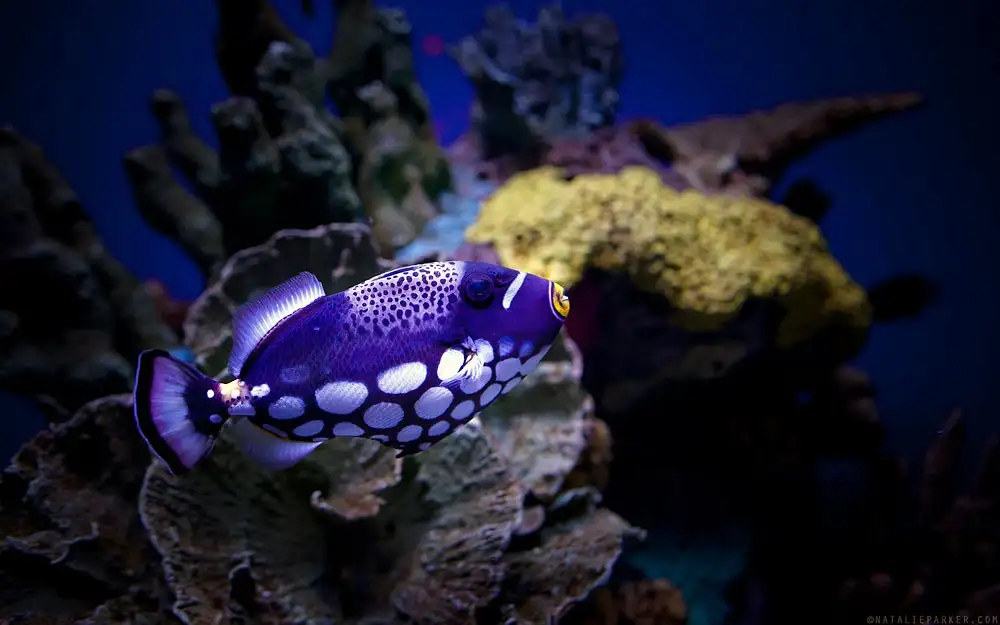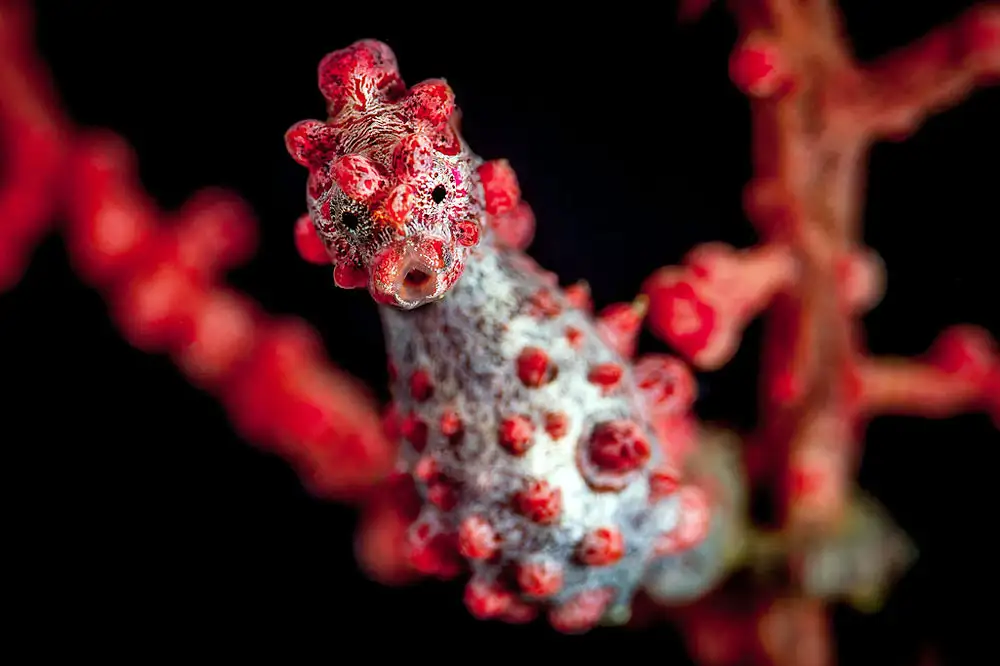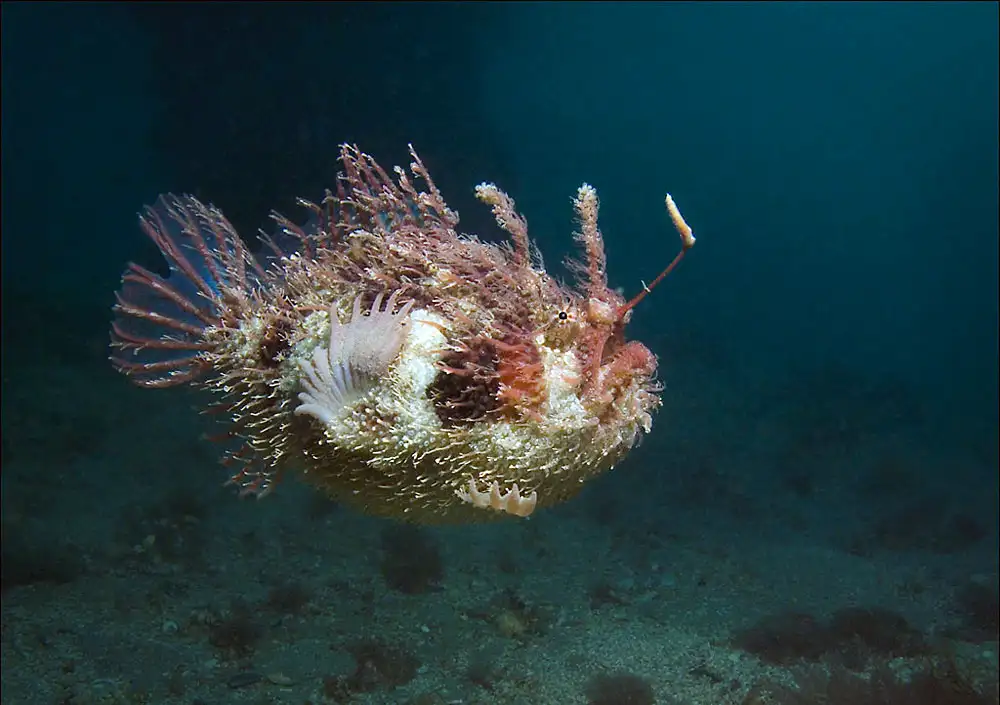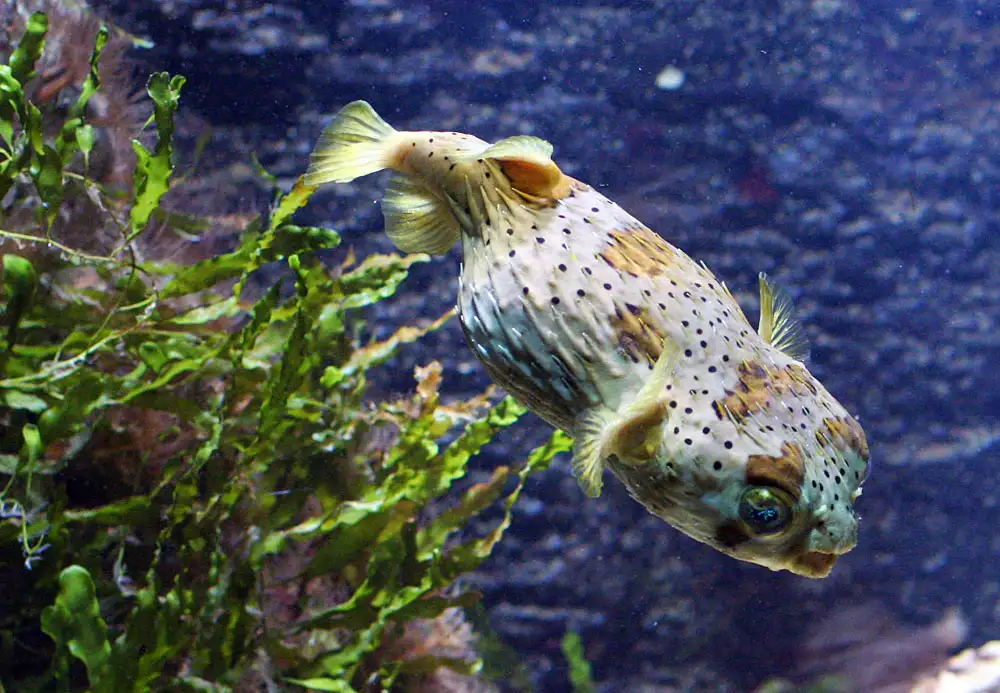Reef Stonefish
IUCN
LCBasic Information
Scientific classification
- name:Reef Stonefish
- Scientific Name:Synanceia verrucosa
- Outline:Small fish
- Family:Synanceiidae Synanceia
Vital signs
- length:Typically 25–40 cm; max ~50 cm
- Weight:Up to several kilograms in large adults
- lifetime:At least 5–10+ years (varies)
Feature
Extreme crypsis; 13 venomous dorsal spines; suction feeding; sedentary ambush on sand–rubble; crevice sheltering.
Distribution and Habitat
Indo‑Pacific shallow reefs, lagoons and reef fronts on sand–rubble or crevices (0–30 m).
Appearance
Warty, lumpy skin with algal growth; grey/brown/reddish/yellow‑brown; large head/gape; small high‑set eyes.
Details
The reef stonefish (Synanceia verrucosa) is a member of the Synanceiidae and among themost venomous bony fishes. Master of crypsis, it lies motionless on rubble/sand with13 hollow dorsal spines linked to venom glands for defence, while striking prey by a rapid suction feed.
Ecology & Biology
Diet: small–medium reef fishes and benthic crustaceans captured via negative‑pressure suction.
Behaviour: classic ambush predator; mostly sedentary by day, slightly more active at dusk/night.
Defence: 13 dorsal spines inject venom when depressed by pressure.
Identification
Warty, lumpy skin with algal encrustations; colours match surroundings (grey/brown/reddish/yellow‑brown).
Large head and gape; small, high‑set eyes.
Dorsal XIII with short soft rays; broad pectorals for bottom‑resting.
Size & Longevity
Length: typically 25–40 cm, up to about ~50 cm.
Life: at least 5–10+ years (varies regionally).
Range & Habitat
Widespread across the Indo‑Pacific (incl. Red Sea/East Africa to tropical Pacific islands). Occupies shallow reef flats, lagoons and reef fronts on sand–rubble or crevices from 0–30 m.
Conservation & People
Threats: habitat degradation, coastal pollution and minor bycatch; overall distribution is broad.
Safety: wear thick‑soled footwear in shallow reef areas; if stung, seek urgent medical care. Hot‑water immersion is commonly used for pain relief under local guidance, and antivenom may be indicated depending on protocols.
IUCN: Least Concern (LC) (check latest assessment).
FAQ
Q1. How to tell it from Synanceia horrida? S. verrucosa has denser warty tubercles and a more compact “boulder‑like” outline; confirm with regional keys.
Q2. Why is it hard to see? Exceptional crypsis—colour/texture mimic rubble and algae; individuals may be partly buried.
Q3. Does it attack divers? No—injuries usually follow accidental contact (stepping/handling). Keep distance and avoid moving rocks by hand.
Q4. Are stings always fatal? Severity depends on spine number, depth, site and victim status. Immediate medical attention is essential.

